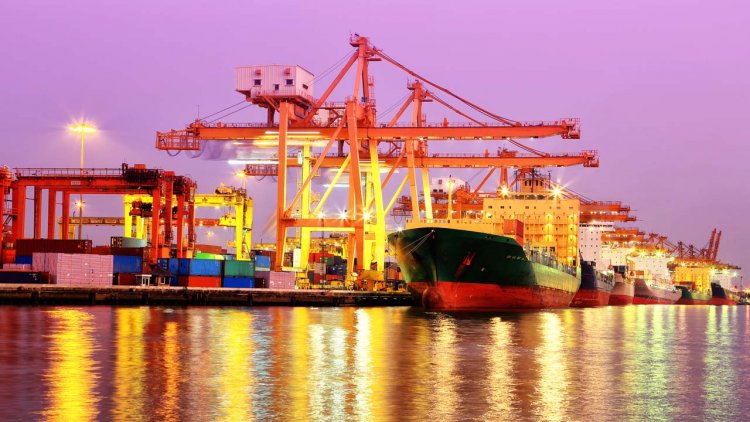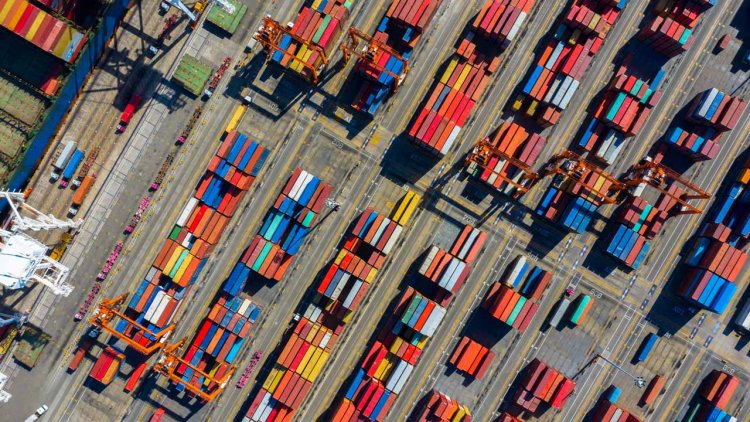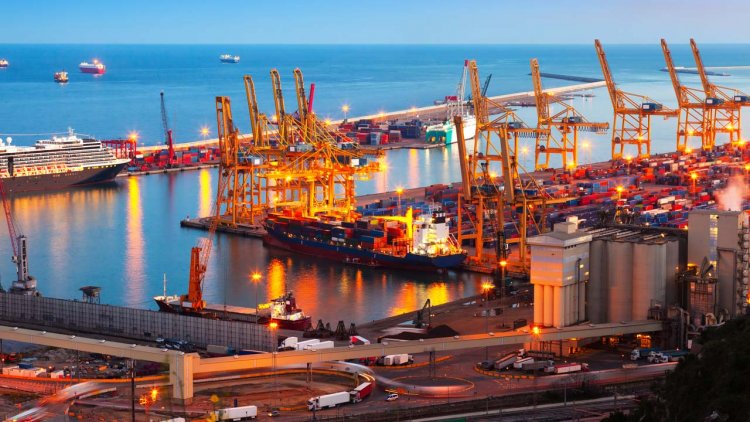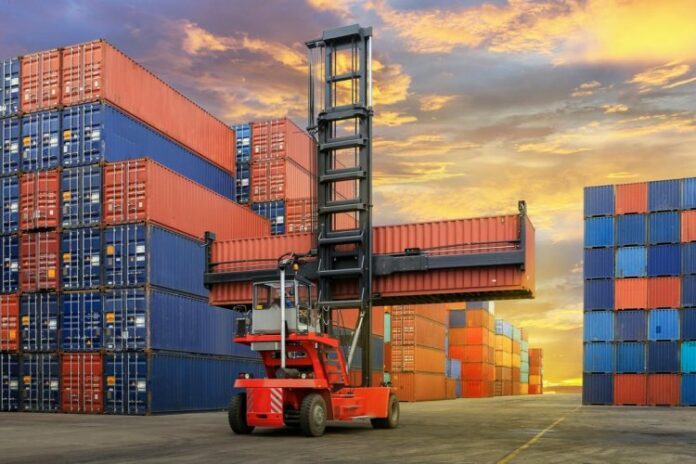Some twenty million sea containers move across our planet, carrying freight to every corner of the globe. After being unloaded at their destination port, 40% of the containers continue over land, while 20% are returned empty by sea.
The Rotterdam firm K-tainer has come up with a new sustainable alternative to this procedure: one-way containers. This solution helps avoid unnecessary costs and carbon emissions.
The new and used containers offered by K-tainer Trading and K-tainer Leasing are attractively priced. K-Tainer director Walter Ferreira says:
“But not if we have to send them back empty. In that event, the container loses its cost advantage the moment it leaves port. And that’s leaving aside the environmental aspects.”
As the first – and for the time only – company worldwide, the Rotterdam-based firm has come up with an arrangement that reduces carbon emissions and completely ‘refunds’ these savings to the user transporting the container. That’s because there’s a third party in K-tainer’s concept, between the buyer and the seller: the carrier. Container shipping lines, exporters and road haulage firms have up to 30 days to use the containers free of charge, and can leave them with the buyer after unloading.

A diverse range of clients are already taking extensive advantage of this option. The main draw for users is that the ‘carbon savings refund’ enables them to increase the sustainability of their logistics service. And when in the near future, the private sector is required to pay per tonne of carbon emissions, this reduction will also translate into financial savings for companies that have taken up this offer. The one-way containers are complementary to carriers’ own equipment – specifically that share of their containers that won’t be filled with return cargo.
Ferreira explains:
“Imagine a shipping company sends ten containers per week to Ireland, but only has enough freight to fill six containers on the return voyage. In this situation, the shipping company can benefit from henceforth using four of our one-way containers on its Ireland route, and leaving them there.”
This client can use the carbon emissions saved through this solution to substantially reduce its carbon footprint.
K-tainer has been rewarded for this novel concept with a Lean & Green star, an international award recognising logistics companies that have truly explored every angle to reduce the sector’s carbon emissions. Carriers can fill the containers that would otherwise be shipped back empty. In addition, this solution removes the need for sending back an empty container after the first transport. K-tainer’s calculation, in which the company sets out to clients how much carbon emissions they can save with this solution, has been verified by Lean & Green’s auditor.

K-tainer trades in both used and new containers. Or, to be more precise: ‘once-used new’. Ferreira says:
“We have a new fleet of containers built in China, but of course, we don’t ship those empty either: we get a party to fill them with cargo. At least, that will again be our approach once the container market has recovered from its current situation.”
According to Ferreira, the container sector was for many years a relatively stable market. But then Covid hit. Container manufacturers in China – the main centre of container production – saw next to no orders for new containers coming in since the market was expected to contract further due to the global pandemic.
Ferreira recounts how Covid also upended the container sector. He explains:
“In mid-2020, we saw a strong recovery in the economy, and Chinese production was ramped up in response. The increase in cargo combined with capacity shortages at the shipping companies led to a new balance between supply and demand. Market forces drove the prices of freight shipping and containers to record highs. Right now, we still see a major shortage in containers and many ports are faced with huge delays. Ships still have to wait very long before they can be unloaded – particularly in the US and Europe. This results in yet further delays and a growing shortage of container units.”

By now, the Chinese plants have received orders for hundreds of thousands of containers from shipping lines and lease companies. This has led to rising container prices – fuelled in part by a simultaneous increase in the price of raw materials – as well as mounting delivery times.
Ferreira says:
“Fortunately, we still have ample stock for the time being. But the normal sequence of A-B-C can change quite rapidly if B is suddenly taken out of the equation. That means we will need to stay creative in the period ahead.”



